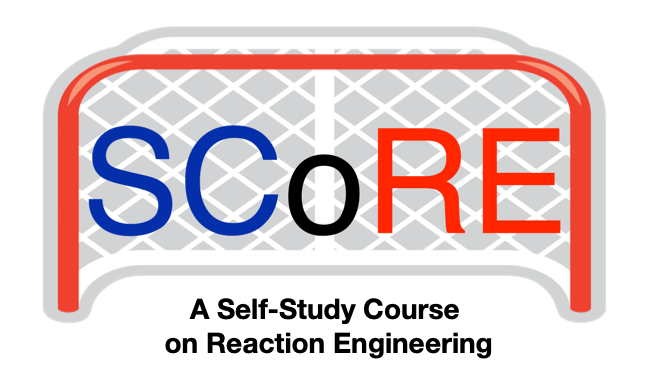
Class 6
Catalyst and Charge Conservation
Class 6 describes enzymes, homogeneous catalysts and heterogeneous catalysts. It explains that when a mechanism involves enzymes, catalysts, or charged reagents, a conservation equation applies to the concentrations of the intermediates, and show how such equations are used when generating mechanistic rate expressions.
Learning Outcomes
After completing Class 6 you should…
- be able to define enzymes, homogeneous catalysts, heterogeneous catalysts, and surface coverage
- be able to explain why catalyst complexes, enzyme complexes, charged reagents, and surface species are treated like reactive intermediates when generating mechanistic rate expressions
- be able to write equations for the conservation of catalyst, enzyme, charge, or surface sites and use them when generating mechanistic rate expressions
- know that an equation for the conservation of catalyst, enzyme, charge, or surface sites reduces the number of mathematically independent Bodenstein steady state approximation equations by one
Preparation Assignment
- Read Chapter 5 through section 5.2.6, Section 5.2.8, and Examples 5.3.4 through 5.3.6 of Reaction Engineering Basics
- Watch
 Class 6 Preparation Video
Class 6 Preparation Video
Class 6
 Class 6 Video (forthcoming on YouTube)
Class 6 Video (forthcoming on YouTube)
Practice Assignment
 Class 6 Practice Assignment Narrative (forthcoming)
Class 6 Practice Assignment Narrative (forthcoming) Class 6 Practice Assignment Solution (forthcoming)
Class 6 Practice Assignment Solution (forthcoming)
This website is licensed under the Creative Commons Attribution-Non-Commercial-NoDerivatives 4.0 International License (CC BY-NC-ND 4.0).